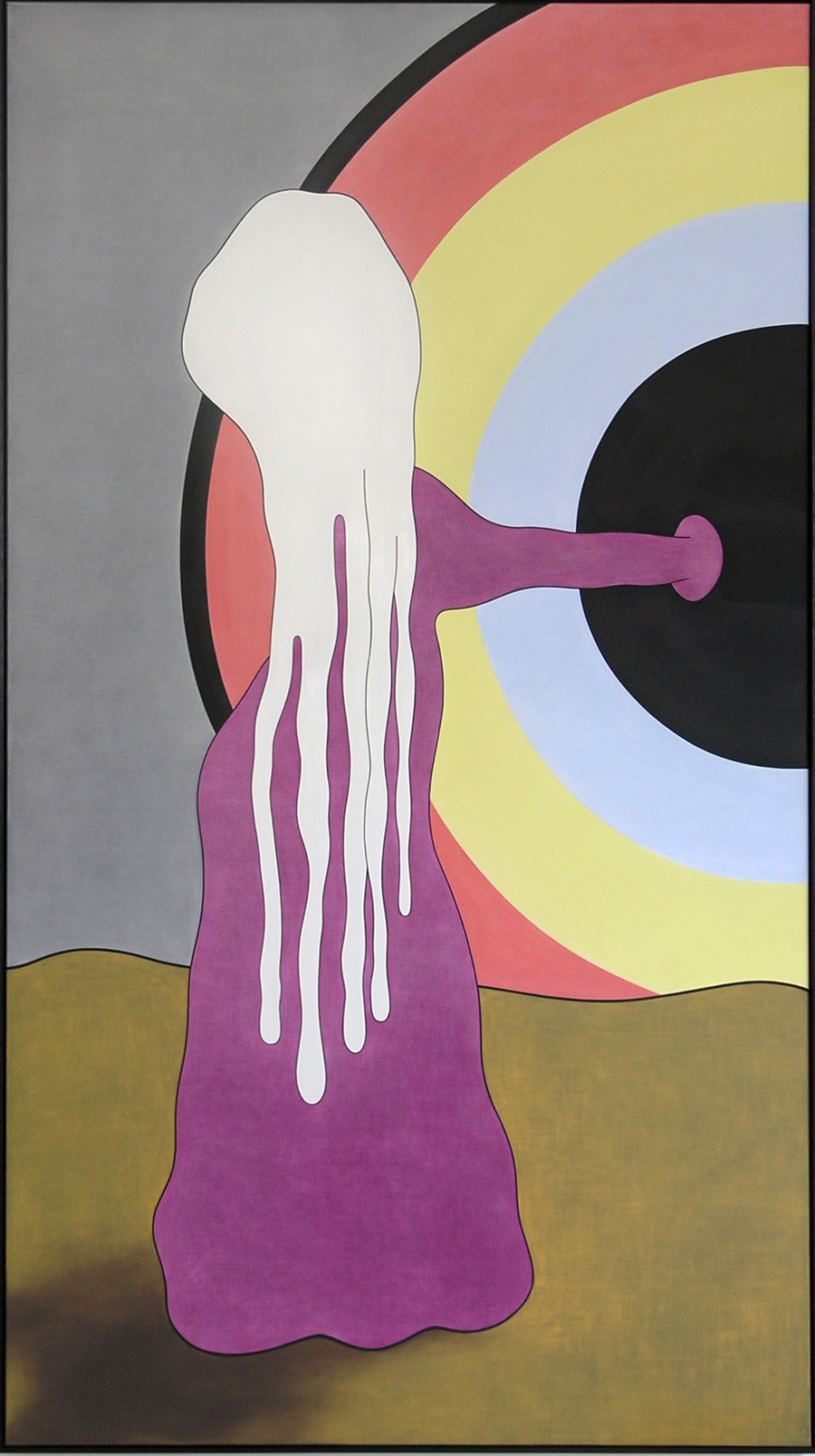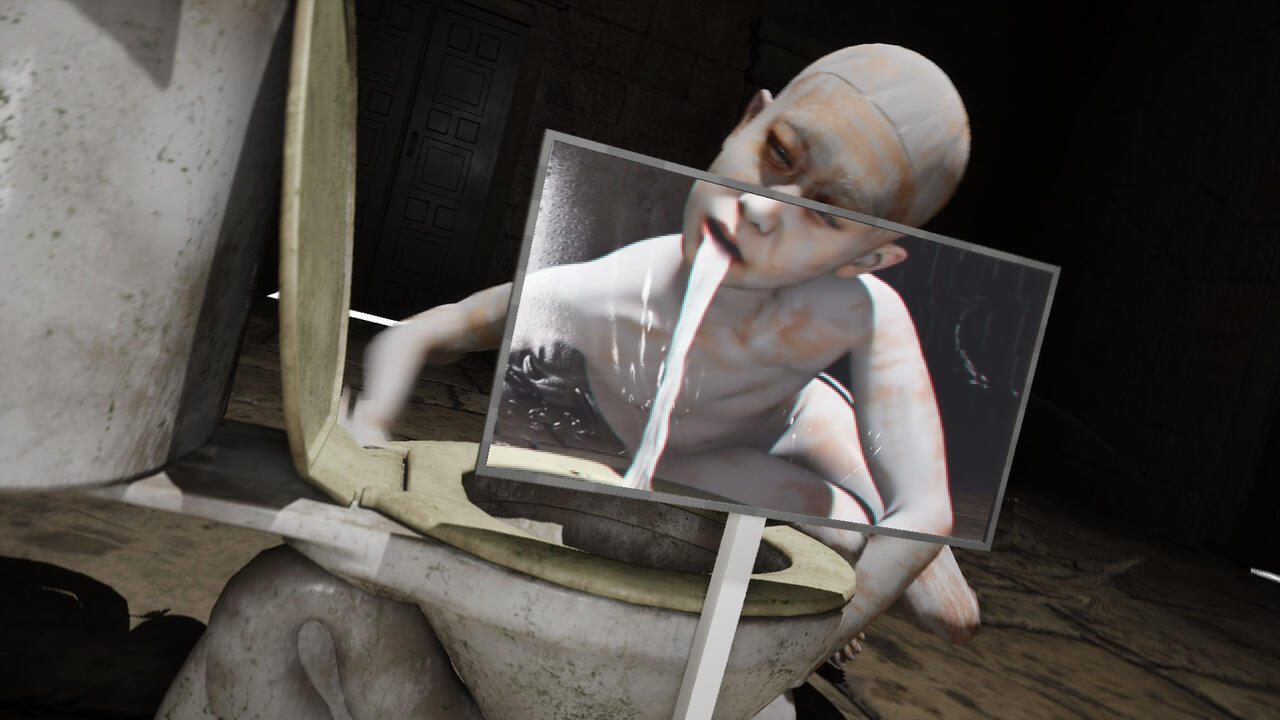Everyday Anxieties: How to Visualize Your Vulnerability?
A group exhibition at ACCA, Melbourne, ‘pulls back the skin on suffering and selfhood’
A group exhibition at ACCA, Melbourne, ‘pulls back the skin on suffering and selfhood’

Although we all know what it means – and moreover, how it feels – it’s worth noting that the word ‘vulnerable’ originates from the Latin vulnerare, ‘to wound’. This sense of puncture and injury inevitably links to the notion of suffering, and both philosophy and art have had much to say about this. Contemporary philosopher Martha Nussbaum argues that vulnerability is an essential experience, and that to be open to the world – precisely in its capacity to harm or injure – is a fundamental part of not just being human but being good. Suffering differs from mere pain inasmuch as it is not localized but affects the entirety of one’s being, pervading one’s sense of self in the world.

Many of the works by eight artists in ‘On Vulnerability and Doubt’ – which was curated by ACCA Artistic Director Max Delany – pull back the skin on suffering and selfhood, touching the wound of personal experience in ways that extend beyond individual circumstance and swell into universal experience. Cherine Fahd’s photographic series ‘Fear of’ (2011/2019) documents street posters inscribed with phrases conveying the artist’s worries: ‘fear of getting old’ or ‘fear of never being happy’. Pasted onto building exteriors that back onto laneways, the overlooked nature of the facades adds pathos to the work’s confessional tone and its conjuring of broader human anxieties. Pathos intensifies in Andrea Büttner’s row of large-scale woodcuts on paper, ‘Beggar’ (2016); each adumbrating a hooded figure with arms outstretched. Drawn with lines abbreviated to near abstraction, the sketchy figures’ supplicant gestures impart an anguish at odds with the candy-coloured monochrome grounds.
The four cruelties (1982) by Linda Marrinon valorizes the importance of vulnerability in images that depict its opposite. Featuring cartoonish figures, this early series of paintings on cardboard explores a lack of empathy or ‘excessive confidence’ – what current parlance would call ‘mansplaining’. Taking its cue from William Hogarth’s The Four Stages of Cruelty (1751) Marrinon’s work, while equally satirical, coruscates with a feminist bite.

It’s not that masculinity per se is the problem so much as what psychoanalysis has come to call phallocentrism – of which Tala Madani is shrewdly aware. Her 47-second animation The Crowd (2017) shows a sketchily drawn group of men and a giant glistening pink phallus. Worshiping its towering might, the crowd capitulates to the tumescent phallus before it bludgeons them to smithereens. It’s hilarious and unsettling in equal measure. More disturbing is her adjacent work, Mr Time (2018), a seven-minute animation of a man shunted up and down a mall escalator, repeatedly bashed by a group of thugs to the point of dismemberment, his body parts reduced to dislocated fragments of human sentience.
More salutary notes on vulnerability appear in Charlie Sofo’s cluster of works. His found objects and videos draw straight connections to predecessors like Francis Alys and Gabriel Orozco, notably Lost soccer balls (removed from circulation for the duration of the exhibition) (2019). Sofo’s sensitivity to the minor register of the everyday implicitly asks the viewer to re-attune themselves to banal objects such as broken bricks or gnarled branches; an attention to the prosaic that is poeticized in Low notes (2019), a text-based video showing stills of the artist’s musings (‘lettuce gets lighter in colour as you eat it’).

Puncture might be the leitmotif of the exhibition but if so, it takes on a different meaning in Brent Harris’s suite of introspective paintings, Borrowed plumage (2007). Harris’ reductive pop aesthetic, drenched in Munch-like ennui, often probes existential questions but here the brooding paintings turn on the Biblical narrative of doubting Thomas; the Apostle who only believed in the Resurrection when permitted to plunge his finger into Christ’s wound. With arms reaching into black voids and finger-like forms penetrating flesh-coloured folds, these paintings thematize the experience of doubt. As Sören Kierkegaard declared, de omnibus dubitandum est – everything must be doubted. Doubt presupposes vulnerability, and vulnerability doubt: the experience of the world lies in the circuit between them.
Main image: Cherine Fahd, wasting time from the series 'Fear of', 2011-19. Courtesy: the artist













